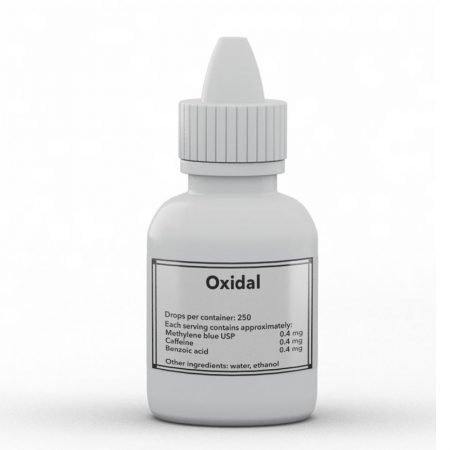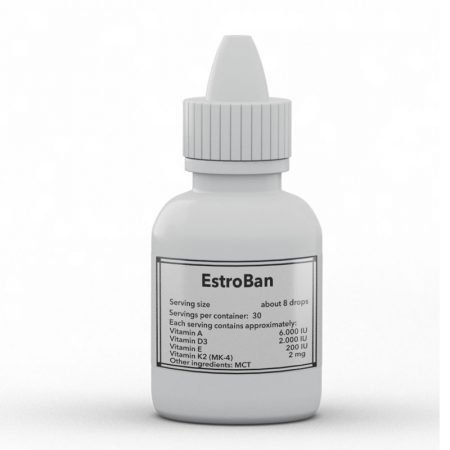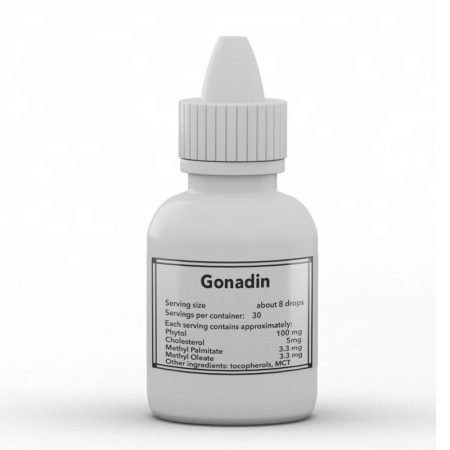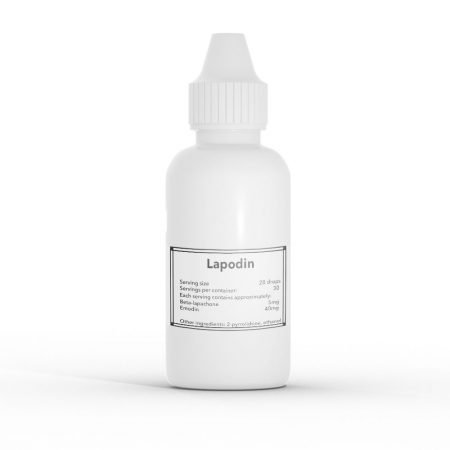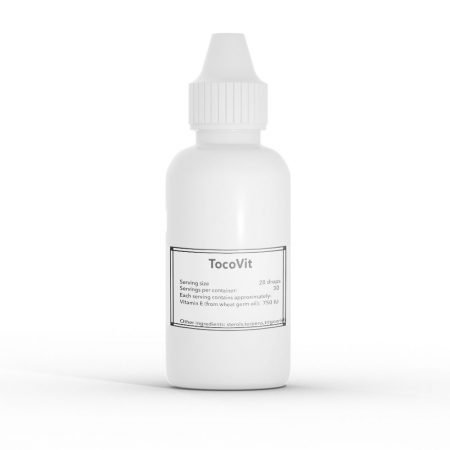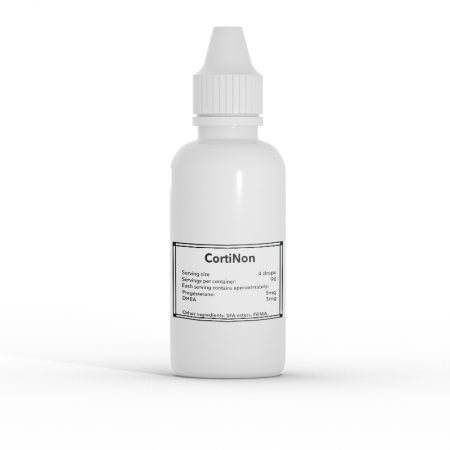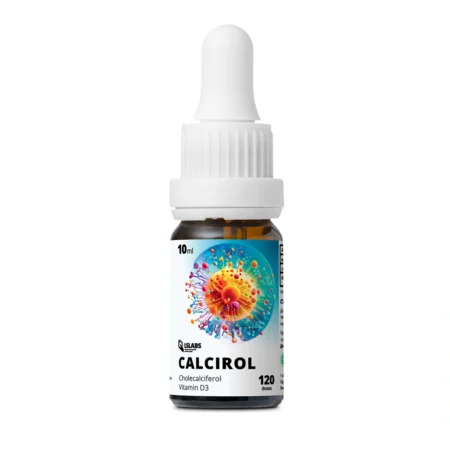Както моите читатели са забелязали, започнах да поставям кавички около частта „ефект“ от прословутото наблюдение, направено от самия Ото Варбург. През последните 3-4 години дори основната медицина започна да публикува изследвания, в които се признава, че „ефектът“ до голяма степен е и причина. С други думи, ацидозата не е доброкачествена и вероятно е един от основните двигатели на рака (най-вече чрез повишаване на регулацията на VEGF). Всъщност няколко неотдавнашни проучвания показват, че метаболитната (млечна) ацидоза е необходимо и достатъчно условие за ракообразуване на тъканите.
https://xenobg.com/sodata-za-hlyab-mozhe-da-lekuva-rak-metformin-mozhe-da-go-predizvika/
Докато ракът използва аминокиселините като суровина за синтезиране на глюкоза и след това на мазнини, една аминокиселина прави изключение – аргининът – поради факта, че раковите клетки не го използват като гориво, но той е от решаващо значение за оцеляването/разпространението на рака. Доказано е, че почти всички видове рак са силно чувствителни към изчерпването или добавянето на аргинин, като първото значително ограничава растежа, а второто го насърчава. Химикалът L-NAME, който изчерпва аргинина, е в процес на клинични изпитвания за различни видове рак и засега резултатите са много обещаващи. Основният механизъм на действие, чрез който изчерпването на аргинина забавя растежа на рака, вероятно е чрез инхибиране на синтеза на азотен оксид (NO). Аргининът е основният ендогенен прекурсор на NO и без аргинин единственият друг източник на NO е от нитратите в храната. Въпреки че повечето проучвания с изчерпване на аргинина не изясняват механизма, чрез който изчерпването на аргинина потиска лактатната ацидоза и туморния растеж, смятам, че най-вероятното обяснение е инхибирането на окислението на мастните киселини (ОМК). Всичко, което инхибира NO, води и до понижаване на ФАО, вероятно поради възстановяване на ОХФОС, която NO надеждно инхибира (на етапа на цитохром С оксидазата).
https://www.ncbi.nlm.nih.gov/pubmed/22040569
„…ОБОСНОВКА: Прееклампсията е едно от хипертоничните нарушения при бременност. Тя се свързва с нарушен липиден метаболизъм, включително метаболизъм на окисление на мастни киселини. Дълговерижната 3-хидроксиацил-КоА дехидрогеназа (LCHAD) играе незаменима роля в окислението на мастните киселини. Съобщава се, че азотният оксид (NO) е един от регулаторните фактори на пътя на окисление на мастните киселини. Целта на това изследване беше да се проучи дали инхибиторът на азотния оксид синтаза (NOS) L-NAME може да предизвика понижаване на регулацията на LCHAD в патогенезата на прееклампсията.“
Изследването по-долу вече показва, че изчерпването на аргинина също спира „ефекта на Варбург“ и в комбинация с ограничаване/изчерпване на глутамина е терапевтично за редица смъртоносни видове рак (включително сарком, меланом, хепатоцелуларен карцином, рак на простатата, левкемия, лимфом и рак на панкреаса), които не реагират на нито едно конвенционално лечение. В проучването е използван патентован химикал, разграждащ аргинина (ADI-PEG20), за да се намали достъпността на аргинина за раковите клетки. Възможно е обаче вече да има по-добри възможности. Един от тях е L-NAME, за който споменах по-рано. Друг е метиленовото синьо или ниацинамидът, които потискат синтеза на NO. И накрая, доказано е, че аминокиселината глицин предизвиква функционален дефицит на аргинин и добавката с нея забавя растежа на рака (за разлика от аргинина). Аспиринът също понижава синтеза на NO чрез инхибиране на iNOS и nNOS. И, разбира се, избягването на нитрати в храната е много важно, за да се гарантира, че NO не може да се синтезира от екзогенни прекурсори.
https://www.ncbi.nlm.nih.gov/pubmed/28122247
“…Using global metabolomics analysis and stable isotope tracing, Kremer et al. show that arginine starvation of ASS1-deficient tumors causes an increase in serine biosynthesis, glutamine anaplerosis, and oxidative phosphorylation with a simultaneous decrease in aerobic glycolysis. Pharmacological inhibition of escape pathways to arginine deprivation exhibits a synthetic lethal interaction.”
“…We demonstrate that the removal of arginine from ASS1-deficient, arginine auxotrophic cancers rapidly alters metabolism, downregulates the Warburg effect, and upregulates glutamine anaplerosis (Figure 7). Interestingly, targeting a defect in the urea cycle can lead to the upregulation of OxPhos, glutamine metabolism, and serine biosynthesis. This shift renders cells vulnerable to synthetic lethal metabolic strategies in which ADI-PEG20 induces arginine starvation, whereas glutaminase inhibitors suppress the compensatory reliance on glutamine and PHGDH inhibitors prohibit the upregulation of serine biosynthesis. Although neither GLS inhibition nor arginine deprivation alone is sufficient to induce high levels of cell death because of the rapid metabolic reprogramming that occurs upon single-agent exposure, together they are therapeutically effective at killing tumor cells and suppressing tumor growth. ADI-PEG20 also diverts glucose into serine biosynthesis and subsequent downstream single-carbon folate metabolism, sensitizing cells to anti-folate metabolites such as methotrexate.”
“…The decrease in lactic acid fermentation and increased rate of OxPhos indicate that arginine deprivation can inhibit the Warburg effect. As shown by the energetic profiling (Figure 5D), glycolytic WT cell lines decrease the ECAR and increase the OCR upon short- and long-term ADI-PEG20 treatment as they downregulate the Warburg effect and upregulate OxPhos in response to arginine starvation.”
“…Another key observation is the realization that the Warburg effect can be exploited for therapeutic benefit. ADI-PEG20 treatment of glycolytic, ASS1-deficient cell lines resulted in inhibition of the Warburg effect. These changes were accompanied by a simultaneous redirection of glucose through the serine biosynthetic pathway and compensatory engagement of a survival program utilizing glutamine anaplerosis to harness the TCA cycle for energy and biomass generation. By altering how cancer cells utilize glucose, we can disrupt the ability of tumor cells to build the biomass necessary to sustain rapid cellular division.”
https://www.acsh.org/news/2017/01/24/starving-cancer-cells-eat-themselves-10763
“…But, a novel mechanism for specifically targeting cancer cells has been reported in the January 24th issue of Cell Reports. Scientists at the Washington University School of Medicine in St. Louis have uncovered a weak spot in cancer cells that is not present in normal cells—the need for arginine, one of the 20 amino acids that make up human proteins. Brian A. Van Tine, MD, PhD, an associate professor of medicine and colleagues found that cancer cells, especially those from sarcomas (2), have a critical defect—they rely on arginine in the blood for fuel. Normal cells make their own arginine, but 90 percent of sarcoma cancer cells cannot (3). When deprived of arginine, these cells starve, and begin a process called autophagy (self-eating). This defect in cancer cell metabolism raises the possibility of a drug that would kill only cancer cells by selectively depleting the supply of arginine in the blood. But, this is not enough. An experimental drug called ADI-PEG20, which depletes arginine in the blood has failed in several clinical trials. This is because cancer cells are rather fond of living, and have developed a way to survive in the absence of arginine. When its supply is shut off, the cells slow down for a while, but then turn on a salvage pathway, which instead uses glutamine, another amino acid. In fact, when sarcoma cells were exposed to ADI-PEG20, they actually began to make more glutamine (upregulation). Van Tine’s group decided that a double whammy was necessary—shutting off the supply of both amino acids (4). When a drug that inhibits glutamine biosynthesis was added, the cells couldn’t handle both and began feeding on themselves. “
Източник:
- Колко пресни портокала са ви необходими, за да изчистите черния си дроб от мазнини?Ако имате омазнен черен дроб, включването на пресни портокали в диетата ви може да ви помогне да възстановите здравето на черния си дроб. Това става ясно от малко италианско проучване. Италиански биохимици, свързани с Националния институт по гастроентерология – IRCCS Saverio de Bellis, набират 62 души с метаболитна дисфункция, свързана със стеатозна болест на черния… Колко пресни портокала са ви необходими, за да изчистите черния си дроб от мазнини? weiterlesen
- Хроничният стрес понижава допамина и причинява психични заболяванияДоказателствата за ролята на хроничния стрес в почти всички здравословни състояния, за които лекарите имат наименование, продължават да се трупат. За съжаление, дори в това последно проучване учените продължават да настояват, че има някаква мистериозна и неизмерима разлика между хроничния стрес, който „увеличава риска“ и „причинява“ патология. Същите тези учени обаче нямат проблем да заявят… Хроничният стрес понижава допамина и причинява психични заболявания weiterlesen
- Естрогенът и кортизолът, а не андрогените, потискат имунитетаВ биологията на възпроизводството има една много известна теория, която все още се смята за доминираща в тази област. А именно, че мъжете трябва да приемат баланса между нивата на андрогените и имунитета. Тя е известна като хипотеза за увреждане на имунната компетентност (ICHH). По-високите нива на андрогените, според теорията, позволяват на мъжкия да н(физически)… Естрогенът и кортизолът, а не андрогените, потискат имунитета weiterlesen
- Инхибирането на ароматазата (за намаляване на естрогена) може да доведе до лечение на рак на стомаха.Още едно проучване, което доказва причинно-следствената връзка между естрогена и рак, смятан за хормононезависим. Ракът на стомаха е една от водещите причини за смърт от рак в световен мащаб и особено в азиатските страни. Счита се, че е много труден за лечение и повечето пациенти се диагностицират в стадии, в които операцията не е подходяща.… Инхибирането на ароматазата (за намаляване на естрогена) може да доведе до лечение на рак на стомаха. weiterlesen
- Потиснатият имунитет, а не вирусите (HPV), може да е причина за рака на кожатаНаскоро публикувах няколко теми, свързани с имуносупресията и рака. Ето две от тях, които дават добър преглед и свързват имуносупресивните ефекти на ПНМК, естрогена и кортизола със защитните ефекти на витамин А, Е, D, прогестерона и др. https://xenobg.com/pnmk-sa-imunosupresivni-a-gladuvaneto-i-ogranichavaneto-na-proteinite-veroyatno-nanasyat-oshte-po-golyama-vreda/ https://xenobg.com/vitamin-d-mozhe-da-spre-rastezha-na-melanoma/ Въпреки натрупващите се доказателства, че именно потиснатата имунна система позволява на рака да се образува и… Потиснатият имунитет, а не вирусите (HPV), може да е причина за рака на кожата weiterlesen
- Витамин К може да лекува левкемияОще едно чудесно проучване, което демонстрира както терапевтичния потенциал на витамините, така и метаболитния/редокс характер на рака. Както споменах в някои от моите подкасти, витамин К2 (MK-4) понастоящем е в процес на клинични изпитвания за лечение/предотвратяване на редица различни видове рак, особено рак на черния дроб и т.нар. миелодиспластични състояния, които обхващат всички видове рак… Витамин К може да лекува левкемия weiterlesen
- Витамин D може да спре растежа на меланомаСтрахотно проучване, което потвърждава неотдавнашната ми публикация за това, че избягването на слънчевата светлина е толкова вредно за здравето, колкото пушенето на кутия цигари на ден. В края на краищата, без слънчева светлина няма да има голям синтез на витамин D, а допълнителният прием не е ефективен за много хора поради различни фактори, включително наднормено… Витамин D може да спре растежа на меланома weiterlesen
- Повишеният синтез на мастни киселини (FAS) е просто признак за недостиг на кислород / нисък метаболизъмСамо една бърза публикация за проучване, което дава представа за това как повишеното окисление на мастните киселини може „парадоксално“ да доведе и до повишен синтез на мастни киселини, като по този начин води до порочен кръг, който най-често се наблюдава при диабет и рак. В една от последните ми публикации се обсъждаше много по-ново проучване,… Повишеният синтез на мастни киселини (FAS) е просто признак за недостиг на кислород / нисък метаболизъм weiterlesen
- ПНМК са имуносупресивни, а гладуването и ограничаването на протеините (вероятно) нанасят още по-голяма вредаКакто споменах в един от първите подкасти с Дани Роди, ролята на ПНМК като имуносупресори всъщност е добре позната в индустрията за трансплантации на органи. В някакъв момент през 80-те години на миналия век дори е имало търговски продукт на основата на ПНМК, продаван на болниците като част от така нареченото решение за „пълно парентерално… ПНМК са имуносупресивни, а гладуването и ограничаването на протеините (вероятно) нанасят още по-голяма вреда weiterlesen
- Хората имат подобна на саламандър способност да възстановяват хрущялиЗаглавието говори само за себе си, но авторите на проучването правят злощастното и неудачно заключение, че макар и да можем да възстановим хрущяла, не можем да възстановим крайниците си. Е, многобройните изследвания върху животни, които публикувах в последния материал, не са съгласни с това и сочат както високия метаболизъм, така и прогестерона като мощни регенеративни… Хората имат подобна на саламандър способност да възстановяват хрущяли weiterlesen




